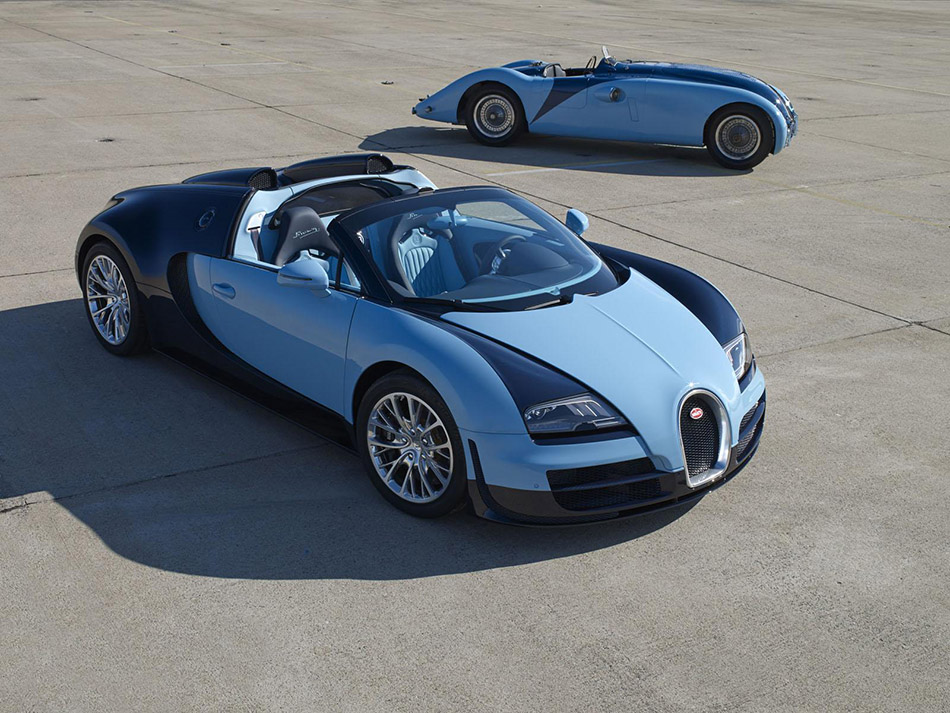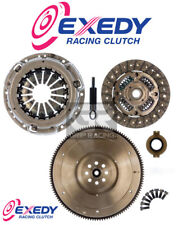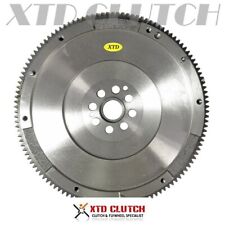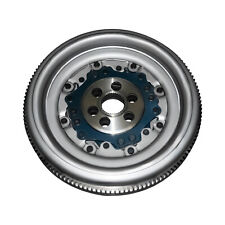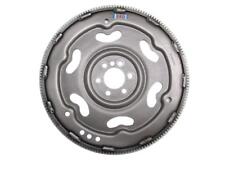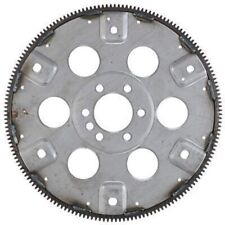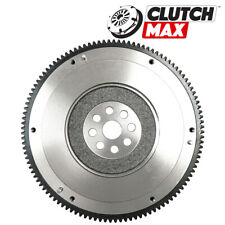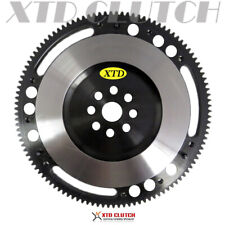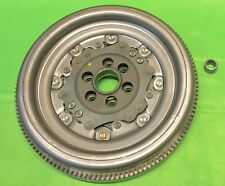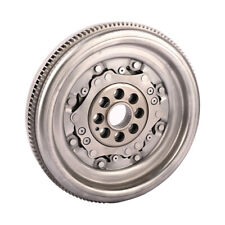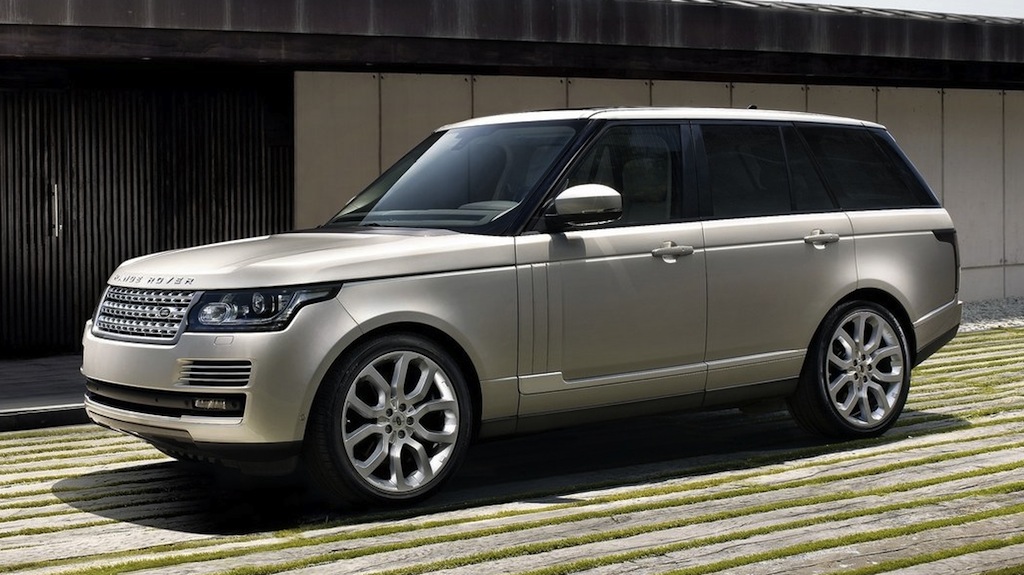Bugatti reveals yet another limited edition Veyron at this year’s Pebble Beach
In an exercise to produce another variant of the Bugatti Veyron, Bugatti has just revealed its latest edition at this year’s Pebble Beach Concours d’Elegance, called the Veyron Grand Sport Vitessse Jean-Pierre Wimille Legend Edition. Now that’s quite a mouthful…
Based on the Grand Sport Vitesse, which is just a convertible version of the Grand Sport (duh), the Jean-Pierre Wimille Legend Edition pays tribute to the winner of the 24 Hours of Le Mans in 1937. The Veyron Grand Sport Vitesse receives a bespoke blue paint scheme that mimics that of Wimille’s Bugatti Type 57G Tank racer. The two-tone coloring continues inside with contrast stitching.
All of the internals carry over unchanged, which means the usual quad-turbocharged 8.0L W16 good for 1,200hp and 1,106 lb-ft of torque mated to a seven-speed dual-clutch automatic. There will only be a production of three units.
Check out the press release after the jump.
Pebble Beach: Bugatti celebrates the world premiere of itsLegend “Jean-Pierre Wimille”
• Launch of the exclusive six-part Legends edition series of the Bugatti
Veyron 16.4 Grand Sport Vitesse during the Quail/Pebble Beach
weekend
• Presented alongside its historical predecessor, the Bugatti Type 57G Tank
• “Jean-Pierre Wimille” Legend limited to three vehicles
Molsheim / Monterey, 16 August 2013. During the Monterey Car Week, one of the
most prestigious automobile shows in the world, Bugatti will debut the first of its sixpart
exclusive Bugatti Legends edition, “Les Légendes de Bugatti”. As part of the
weekend, the French luxury brand is celebrating the world premiere of its first Legend
model, which has been bestowed the name “Jean-Pierre Wimille”. As with all five
subsequent editions, this Legend will be limited to three vehicles.
With this latest edition, Bugatti aims to honor its former factory race driver, who took home the
brand’s first victory in the 1937 Le Mans 24-hour race and repeated this triumph a mere two
years later. The Legend vehicle is based on the Bugatti Veyron 16.4 Grand Sport Vitesse and its
design pays tribute to Wimille’s racing car in 1937, the Bugatti Type 57G Tank.
“With our first Legend ‘Jean-Pierre Wimille’ we are celebrating Bugatti’s racing life, which
experienced a meteoric high point with the Le Mans victory of 1937”, explains Dr Wolfgang
Schreiber, President of Bugatti Automobiles S.A.S.“Bugatti has a strong tradition. Our customers and fans have a great understanding of the
brand’s history”, he continues. “The Legends reflect the incredible creativity and unbelievable
feats of craftsmanship which distinguish a modern Bugatti. In addition to the outstanding
dynamic characteristics, the use of authentic materials and high-quality craftsmanship lie at
the very core of this brand’s ethos.”
“Reinventing history with a modern twist is an extremely exciting challenge,” notes Achim
Anscheidt, Bugatti’s chief designer. “For the Wimille Legend, we developed the theme of Le
Mans and the exceptional graphic design of the 57G Tank through the paintwork and details
of the exterior and interior, in particular.”Bugatti Legend “Jean-Pierre Wimille”
The Bugatti Legend “Jean-Pierre Wimille” is based on the Bugatti Veyron 16.4 Grand Sport
Vitesse, whose 8-litre W16 motor delivers a magnificent 1,200 PS and an unparalleled torque of
1,500 Nm at 3,000 to 5,000 rpm, not to mention its acceleration from nought to one hundred
km/h (62 MPH) in 2.6 seconds. Having hit a top speed of 408.84 km/h (253 MPH) in April 2013
with the top down, the Vitesse holds the world speed record for open-top productionsports cars.
Design
The similarity of the car’s interior and exterior design to that of the historical race car, the Type
57G Tank, is apparent even at first glance.
Exterior. The body of the “Jean-Pierre Wimille” Legend is composed entirely of carbon and
pays tribute to the Type 57G Tank with its blue paint finish, a color characteristic of French
racing cars of the era. The dark and light blue color split of the historic vehicle has also been
implemented in the Vitesse, often running across whole body parts – an artistic endeavour
demanding great technical expertise and craftsmanship. Perfectly crafted dark blue exposed
carbon creates a harmonious contrast to the light blue “Bleu Wimille” paint finish, which was
developed especially for this model to remain faithful to the original color of the 57G Tank. The
entire front area of the vehicle, side doors and the part behind the doors, the so-called
“medaillon” (French), are finished in “Bleu Wimille” paint. Only the upper part of the front wing
panels remains in dark blue exposed carbon, thus reflecting the striking design of the historic
racing car’s “Wimille stripes”.
The light blue paint finish also graces the underside of the distinctive rear wing, which bears an
eye-catching silver silhouette of the Le Mans race circuit reminding of Wimille’s first victory
there. Further references to Wimille include the driver’s signature, which has been lasered into
the dark blue tank and oil caps.
Interior. The dual-tone color scheme and attention for detail are also reflected in the interior.
The headliner, footwells, and seat inserts have been upholstered in “Bleu Wimille”, with the dark
blue seat bolsters offering a sense of contour. This dark blue, known as “Lake Blue”, is carried
through in the dash panel, centre console and doors and creates a color dialogue in the
vehicle’s interior. Decorative stitching in contrasting light blue delivers subtle accents.As an homage to Wimille, the vehicle and the brand, the Bugatti designers have developed a
special decorative stitching in the French national colors of blue, white and red which has been
used on the steering wheel and gearshift lever, lending both parts a real sense of elegance.
The headrests have been embellished with the stitched signature of Jean-Pierre Wimille, adding
yet another highlight in “Bleu Wimille”.
And references to Le Mans can also be found in the Bugatti’s interior: the silhouette of the race
circuit gleams as a milled and polished aluminium relief embedded in a prominent position
below the EB logo in the lid of the rear centerbox, which is itself made of dark blue exposed
carbon.
Further Legends-specific features include exposed carbon inserts in the centre console
extension bearing the “Les Légendes de Bugatti” logo with the renowned Bugatti elephant
and on the door sill plates decked with the portrait and signature of Jean-Pierre Wimille.
The Wimille Legend alongside its historic predecessor
In a coup pulled off especially for the world premiere of the Legend “Jean-Pierre Wimille”,
Bugatti brought the 1937 winning Le Mans racing car to Monterey. The Type 57G Tank has
been made available to Bugatti by the renowned Simeone Foundation Automotive Museum in
Philadelphia.
“Our ‘Jean-Pierre Wimille’ Legend Vitesse is the modern interpretation of the 57G Tank. We
are delighted to be able to present this meeting of Bugatti’s past and present in such an
impressive manner and would like to thank Dr Fred Simeone for his fantastic support,”
explained Dr Wolfgang Schreiber, President of Bugatti Automobiles S.A.S., during the
presentation.
A racing success story with the Bugatti Type 57G Tank
The Type 57G Tank was built in Molsheim in 1936 and 1937. Only three cars were produced at
the Bugatti manufacturing plant in the Alsace. With these racing cars, Bugatti aimed to lead the
world of French motor racing to new victories, as at that time only foreign brands were
constantly winning.
Jean Bugatti, son of the company founder Ettore Bugatti, pushed through an initiative to
develop a sports car which could be used for long distance competitions. In order to ensure the
lowest possible centre of gravity, it was decided to combine the standard type 57S chassis with
the Bugatti 3.3-liter row eight cylinder and a wheelbase of 2.98 m. The engine of the 57G Tank
delivers approximately 200 hp and, thanks to the aerodynamically designed body, could quickly
reach higher speeds than that of the competitors at the time.
The car was on the road to success from the very beginning, with Jean-Pierre Wimille a fixture
at the wheel. His first victories in the 57G Tank were won in 1936 at the Grand Prix de l’A.C.F in
Montlhéry and the Grand Prix de la Marne.For the Le Mans 24 hour race on July 19 and 20th, 1937, Bugatti registered two racing cars of
this type. The first car was driven by test drivers Pierre Veyron and Roger Labric, with Jean-
Pierre Wimille and Robert Benoist taking control of the second Tank. After only a short while,
Wimille took the lead and ultimately won the race with an average speed of 136.99 km/h
(84 MPH) and a total distance of 3,287.938 km (2,043 miles). Thus, he was able to claim
Bugatti’s very first victory in this legendary race, and became a brand legend himself.
– By: Chris Chin

